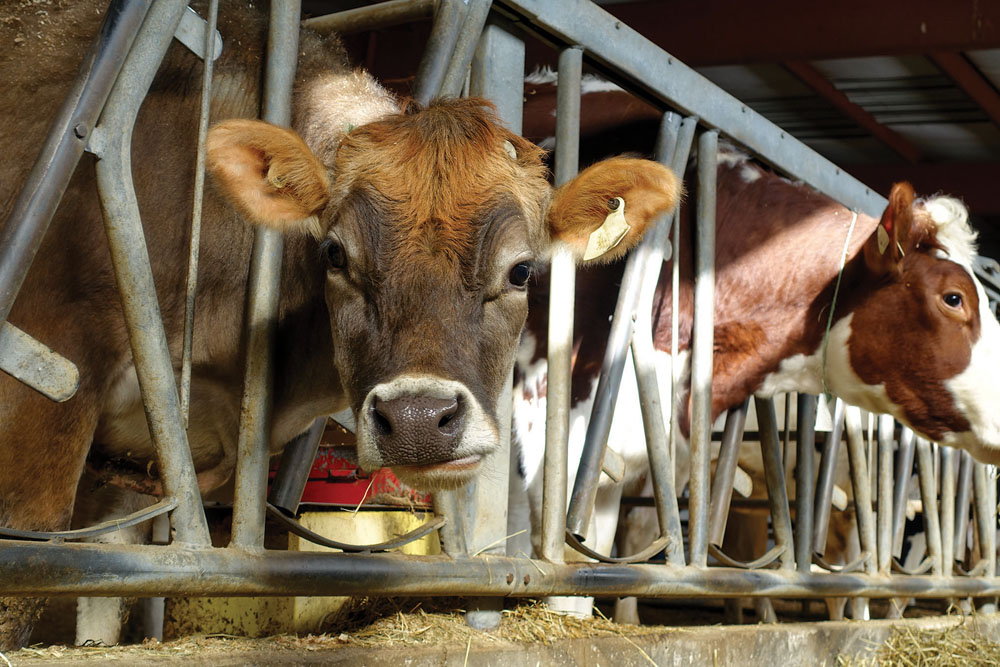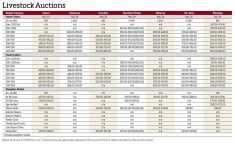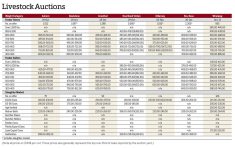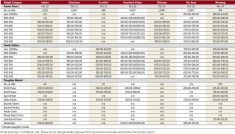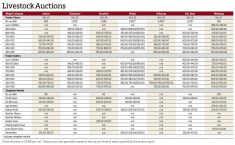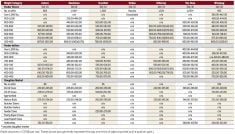More Manitoba cattle auctions resume weekly sales as January progresses. Gladstone Auction Mart auctioneer Tyler Slawinski said it’s likely the cattle heading to sales across the province won’t be as numerous as they were during the fall run.
“I don’t think there will be a big rush in cattle moving. Guys are going to move what they have to move or start moving. Nobody wants to market on the first sale back. That’s understandable because everybody is a little bit skeptical with what the markets are going to do,” said Slawinski, who’s also an auctioneer at the Ashern Auction Mart.
Winnipeg Livestock Sales was the first facility to start a new year of cattle auctions with its sale on Jan. 6. Gladstone and Heartland Livestock Services’ (HLS) Brandon operation will reopen the doors Jan. 10, followed by the Ste. Rose Auction Mart on Jan. 12. The following week will see sales at the Killarney Auction Mart on Jan. 16, Grunthal Livestock Auction Mart on Jan. 17 and Ashern and HLS Virden on Jan. 18.
Read Also

VIDEO: Watering system a cattle health win
Portable livestock watering system helps Manitoba beef producer combat foot rot cases on pasture.
During the week ended Dec. 16, the last full week for the province’s cattle sales, nearly 8,100 feeder and slaughter head were auctioned. Heavy feeder steers fetched $222-$247 per hundredweight that week, and the lights garnered $274-$311. Among feeder heifers, heavies went for $190-$210/cwt. and lights sold for $225-$254. As for slaughter prices, D1-D2 cows averaged $78-$88/cwt. and mature bulls sold for $109-$131/cwt.
“I think we are going to see very steady to stronger prices on both the feeder and slaughter cattle,” Slawinski said, adding he expects that to be driven largely by supply and demand, at least until spring when herds return to pasture.
“A lot of people took advantage of the decent cattle prices in the fall but there’s still a fair number of backgrounded cattle out there that will be marketed.”
Slawinski said he wouldn’t be surprised if a good number of bred cows are returned to the herds, which would be a positive sign for the Manitoba beef industry. However, he lamented the declining number of producers.
“Anybody that’s been on the borderline or just coasting, going through those tough years and tough weather, all the ups and downs, are calling it quits.”


